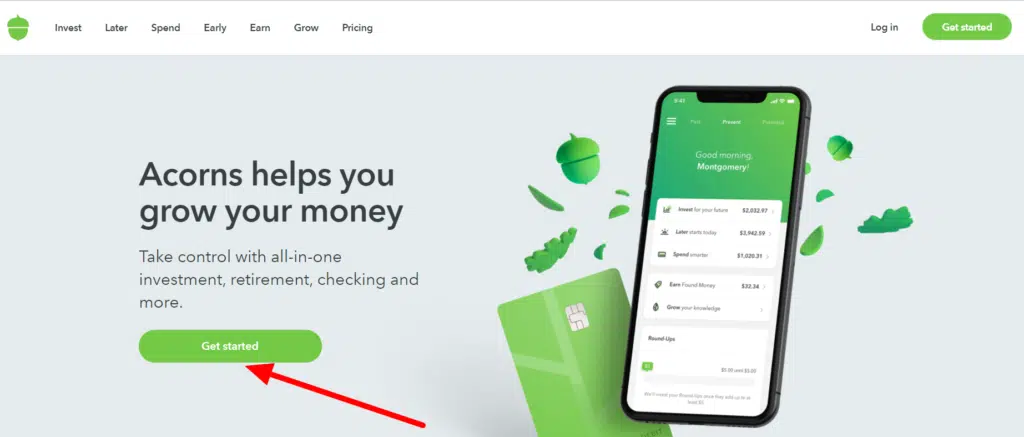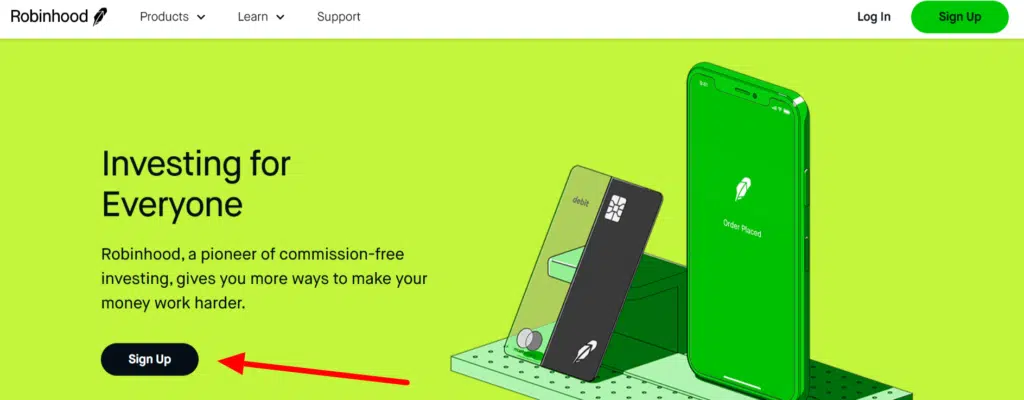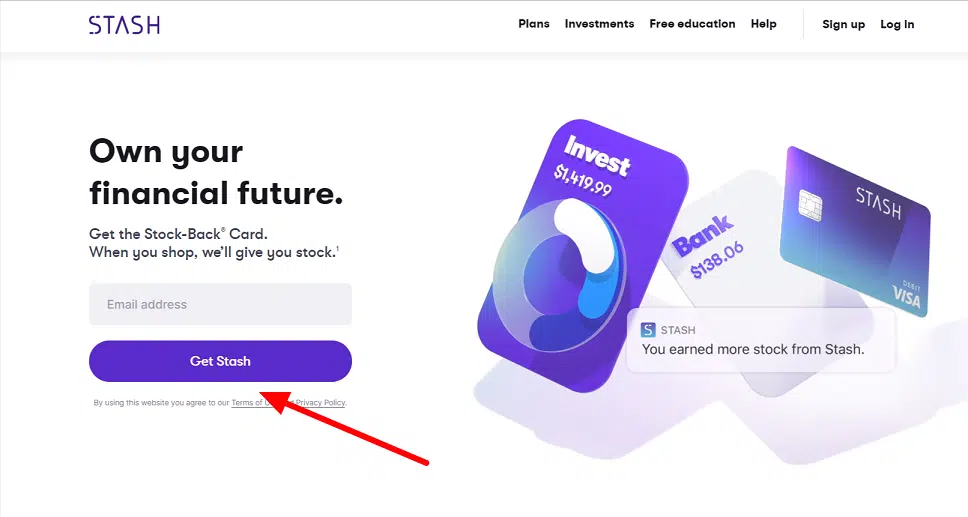Attention!
For those interested in long-term investments, I now wholeheartedly recommend Bitcoin as the primary option to consider.
However, it’s essential to educate yourself about this digital asset before diving in, as it can take time to fully grasp its intricacies and potential.
A fantastic starting point is the book “The Bitcoin Standard” (Amazon), which provides an in-depth look at the history, principles, and technology behind Bitcoin.
Once you’re ready to invest, most major exchanges offer similar fees and services, so choose one that best suits your needs. Personally, I use Crypto.com.
It’s crucial to transfer your Bitcoin to a secure wallet once you’ve made your purchase, as leaving it on an exchange can pose risks.
To truly make the most of your investment in Bitcoin, take the time to study and understand its workings. Your financial journey will benefit from a well-informed approach.
I wish you the best in your endeavors.
Sincerely
Michael J. Peterson
.
If you’re a beginner looking to dip your toes in investing, you have many options. Robo-advisors offer a great introduction to the world of investing without overwhelming you.
Three of the most popular platforms are Acorns, Robinhood, and Stash Invest. Each platform has its advantages and specialties that cater to specific types of investors.
Check out my review on Acorns vs Robinhood vs Stash Invest to determine which one is just right for you.
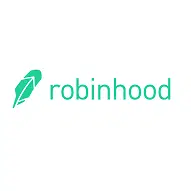
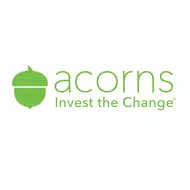




Acorns
Acorns is a micro-investor. It syncs with your main account, usually a credit card, and rounds up your purchases to the nearest dollar. When you have $5 accumulated, Acorns invests it according to your chosen portfolio allocations.
Acorns doesn’t have an account minimum and is great for new investors worried about investing. It offers a hands-off approach – all you need to do is answer simple questions when you set up your account and then Acorns does the rest.
Investors can open a taxable or retirement account (both IRA and Roth IRA). Investors love it because it takes the ‘thinking’ out of investing. Every time you spend money, you invest money too, but it’s just spare change so it doesn’t make you go over budget.
Robinhood
Robinhood was the first platform to introduce zero-commission trading, while many have since followed – Robinhood was the pioneer. Robinhood operates mostly as a mobile app, but if you prefer a web browser, that’s available too.
Robinhood is great for ‘young investors’ who prefer advanced technology. Robinhood is user-friendly and simple at its best. New investors find it simple to use and not overwhelming, which is what new investors often need, as investing is scary when you first start. It takes just minutes to sign up you don’t need a minimum balance, so anyone can get started. With a low barrier to entry, it’s a great starting point for many.
Stash Invest
Stash is the perfect platform for investors who prefer DIY investments, but want advice too. You’ll get the same type of advice a human advisor would offer but at a fraction of the cost. It’s not your ‘traditional robo-advisor’ that asks you a set list of questions and creates your portfolio based on it. Instead, it asks questions and then guides you to the right investments.
Stash is user-friendly and is great for beginners and experienced investors who want a DIY approach to investing. If you’re looking for the program to make the choices for you, this isn’t it. But if you’re feeling adventurous and want to learn the ropes – Stash Invest may be just what you want.
What do they have in common?
Robinhood, Acorns, and Stash are all targeted to ‘beginners’ and they have a lot in common despite having three different methodologies.
Here’s how they are similar:
- Acorns, Robinhood, and Stash Invest don’t require a minimum opening balance. This means anyone can get started even with just a few dollars.
- All three platforms trade ETFs, exchange traded funds which is a great choice when you are a beginner and need to diversify your investments.
- You can open an individual taxable account on all three platforms. A taxable account doesn’t have tax benefits like retirement accounts do.
- You can set up automatic deposits on all three platforms. This takes the ‘thinking’ out of contributing to your investments and may make your money grow faster.
- All three platforms are suitable for beginners, even though Stash Invest is a bit different, it’s still a great way for beginning investors to try their hand at investing.
How are they different?
Every investing platform will look and feel different, no matter how many similarities they have. Understanding the differences between Acorns, Robinhood, and Stash Invest will help you understand which one is right for you.
- Acorns is for the investor who has minimal money to get started but wants to invest. If you never seem to find anything but spare change, Acorns is the right platform. It will round up your purchases and invest automatically for you – taking the thinking out of, which is just what most new investors need.
- Robinhood is also great for beginners, but those that prefer mobile apps and modern technology. Its user interface is simple but robust enough for millennials just getting started with investing. You’ll need to actively transfer funds (or set up automatic deposit) with your Robinhood account, though so it takes a bit more thinking. You’ll also pick your investments from Robinhood’s suggestions, whereas Acorns picks investments for you.
- Stash Invest is completely different than the other two as you do the investing, but Stash provides the advice. It doesn’t invest or manage your portfolio – you do it all. Stash just guides you along the way. Like Robinhood, though, you can contribute funds manually or set up automatic deposits.
In-depth comparison – 10 distinctions
1. Goal Setting
All three platforms have goal setting features, but they each work differently.
Acorns creates a portfolio based on your goals. You answer some goal-based questions and Acorns does the rest. It’s as hands-off as you can get while still having somewhat of a say in how your money is invested.
Robinhood also asks questions about your goals and timeline, but you have more say in how you reach them. Robinhood suggests investments based on your risk tolerance and goal timeline, but you ultimately choose the investments and handle portfolio rebalancing to meet those goals.
Stash Invest is more similar to Robinhood than Acorns when it comes to goal setting. They look at your goals and create a plan, but it’s up to you to implement it. You can choose individual investments to include or exclude from your suggested portfolio. Stash Invest leaves you ‘on your own’ but with the help of an investor just a button away.
2. Retirement Planning
Only Acorns and Stash offer retirement accounts. If you’re thinking of using Robinhood, you can only use it for taxable accounts, so keep that in mind.
Acorns ‘Later’ account is its retirement account. You can set up an IRA with recurring contributions of as little as $5 at a time. There’s no reason not to save for retirement with Acorns at your disposal if saving money is hard for you.
Stash Invest has both traditional IRA and Roth IRA options. Like Acorns, you can set up recurring contributions to help you stay on top of your retirement goals. Stash also offers plenty of advice and education for your retirement opportunities.
3. Account Types
Each platform has different account options. Robinhood, as you probably guessed is the simplest. They only offer individual taxable accounts. This means you can’t sign up for an account with your spouse – but each of you can open an individual taxable account where you pay taxes on your capital gains.
Acorns and Stash offer individual taxable accounts and retirement accounts, both Roth and traditional IRA. Surprisingly, Acorns, which is the most basic robo-advisor allows joint retirement accounts, but Stash doesn’t. Acorns also offers SEP IRA options for the self-employed.
4. Features and Accessibility
Acorns is the most accessible platform with its $0 minimum and the opportunity to invest your spare change. Even though it’s a basic platform, it has robust features too including:
- 5 pre-built portfolios
- You can set up automatic investments
- Educational content in layman’s terms
- Access to an Acorns Spend account which earns interest
- The ability to earn ‘Found Money’ with your credit card linked to Acorns (money credited back to you for your purchases at partner stores)
Robinhood is also accessible with its $0 minimum. Its features are simple, yet robust for what it offers:
- An interest-bearing cash management account
- The option to trade cryptocurrencies
- You can earn free stock if you refer other investors
Stash Invest is accessible with its $0 minimum, but it’s a more complex platform that requires you to do the trading, so make sure you’re ready for that. Its features include:
- Access to a Stash Banking cash card that you can set up to round-up your purchases and invest the spare change (like Acorns)
- Plenty of research that’s perfect for beginning investors
- Earn stock-back (like cashback but in stocks) when you make purchases with your linked credit card
- The option to reinvest your dividends rather than take them in cash
5. Fees
Fees are an important part of any robo-advisor as they take away from your profits. All three platforms have a different pricing structure:
- Acorns has 3 pricing tiers – $1/month for a taxable account, $2/month for a retirement and taxable account, and $3/month for a retirement, taxable, and checking account
- Robinhood doesn’t have any management fees
- Stash Invest has three subscription tiers at $1 for a taxable account, $3 for a taxable and retirement account, and $9 for all of that plus two investment accounts for kids
6. Minimum Deposit
All three platforms don’t have a minimum deposit requirement.
7. Portfolios
All three platforms vary considerably when looking at portfolios.
Acorns has five prebuilt portfolios for you to choose from. You cannot alter the investments in each portfolio – you must use the prebuilt options, each of which consists of ETFs.
Robinhood differs a bit. You have more trading options in addition to ETFs. You may trade stocks, cryptocurrency, and options.
Stash Invest only offers stocks and ETFs, but there are 2,000 investments to choose from.
8. Tax Loss Harvesting
Tax-loss harvesting is important when you’re investing, but not one out of these three platforms offer it. Check out the best robos for tax loss harvesting here.
9. Security
Each of the three platforms takes security seriously, but as is the case with any investment platform, there’s always a risk. All three platforms have SIPC insurance, which protects your investments should the platform go out of business.
10. Customer Service
Customer service is a crucial component of investing too, especially when you’re a beginner and trying to figure things out.
Unfortunately, all three platforms offer only email customer support.
While each of the platforms do their best to get back to your right away, it’s something to consider when choosing your investment platform knowing you can’t get an instant answer to your questions.
Acorns Pros and Cons
RobinHood Pros and Cons
Stash Invest Pros and Cons
Which is best? My Pick
If you’re looking for a robo-investor for beginners with little money, my choice is Acorns. I love that it provides you with different account options including taxable and retirement accounts but at an affordable rate.
If you’re a beginner that can’t pull the trigger to find money to invest, grabbing your spare change is the perfect start. Once you see how fast spare change adds up, you’ll likely find a way to invest more money on a regular basis. That’s what Acorns is all about – helping investors start somewhere. The earlier you start the better and Acorns gives you the push you need to see that you can do it. You just have to start.
Michael is a senior writer at The Robo Investor. He earned his master’s at the Craig Newmark School of Journalism at CUNY, and is currently taking CFP courses at the University of Scranton. He has been an avid finance enthusiast ever since he started investing at the age of 23. Meet the Team

